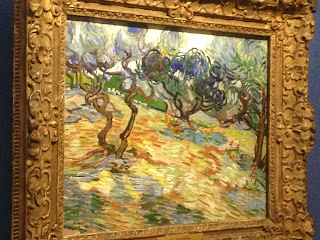Strengths
- Experimenting and exploring lots of different media when approaching a task to see what I think is suitable and a lot of the time combining multi-media to create an interesting aesthetic.
- My developmental stages are a very important part of my design process. It illustrates the exploration of the subject/theme and frequently this journey portrays the intended outcome better than the final piece.
- Trying to make sense of my life as a creative person and an illustrator, drawing on experiences/mistakes, trying new things in different directions. I really want to understand myself as a person.
- Even though I am not very good at translating my emotions/feelings into words and sentences I have found blogging extremely helpful at finding connections and expressing myself to clear my head from the buzz of excitement and unclear ideas and thoughts. An alternative to this is discussing my work wish other people and their suggestions/opinions/questions spark ideas and give me ammunition to run with.
- Get very engrossed into each project, and find it very difficult to get it off my mind. Its like a challenge that my brain is constantly trying to figure out and it won't switch off until I have come to some sort of solution. Perhaps this is because of my dyslexia; how it takes me a long time to process information and I need to break things down into numerous stages.
Weaknesses
- Wish that I took better advantage of the workshops provided. Really want to try new things like woodcut and experiment with print making more in the university facilities.
- I need to get better acquainted with non-analogue means of image making. I need to experiment and explore Illustrator and develop my Photoshop skills (use my Wacom more).
- Decision making when it comes to choosing the final product. I'm not very good at deciding on the best elements to combine into a final image. Also I am not good at choosing a final image to submit when there are conflicting views. Is it what I think, what my peers think, what adults think?
- I really struggle to create imagery from imagination, without anything as reference. I don't know why this is but I just don't have a vivid imagination when it comes to fiction, even my dreams are always realistic. I'm not sure if this is because I lack the grips of basic form or not but there is something that stops me from being "silly". Perhaps the reason is because the unknown genuinely terrifies me and so over time I have shut myself off from things which I can't relate to and empathise with.
- It takes me a long time to process tasks and generate ideas quickly. It is also exhausting. I find that any writing task I have to come back to multiple times and can not complete anything in one go as I need processing time to order my thoughts. I also find it difficult completing short tasks, when we have to complete them on the day they are set, because I have to rush into practical work before I have generated and developed my ideas as there isn't time to get space and perspective on them. This is something I realise is important to develop as in the real world I will need to be as fast as possible as often there isn't lots of time to ponder on briefs.
Student
Strengths
- Making sure that everything is completed in time, whether that means pushing myself and cancelling things for a week till everything is completed. To be honest I cant sleep if I know I have lots of things to do as I want to get them done. I always plan how much time I have to do work in between being busy.
- I am quite good at getting in the zone in my bedroom. Clear space on my desk and bed, put some upbeat tunes on and have a cup of tea. This is a space where I have the visual language of my bedroom as my surroundings and I don't feel obliged to socialise or get distracted.
- Living so close to uni has been a God send. It has allowed me to have a 45 min nap when my ME has played up, lets me save money by having lunch at home and has saved me on the day of a submission when my files didn't save on my Memory Stick but I could run home and back!
Weaknesses
- I am a very busy person with commitments outside of uni work and sometimes I need to priorities things in the short term, like performances, which need time and attention. Things that I had committed to before I know where about in a brief we are.
- My health. There always seems to be something which is wrong with me: frequent visits to the doctors or a constant stream of medication.
- Sense of place: everything is very disjointed in my brain as a person. This is particularly with memory whether this be places I have been to millions of times or experiences or facts I try to remember. Everything is almost connected but there are important things missing but when I make connections it is a magical moment.
- I am not very good at being alone for too long. After I have broken from my work I find it very difficult amusing myself. I find that I can spend time alone and get focused when I know I have a certain amount of time before seeing someone or doing something. Maybe this is because I put pressure on myself, forcing myself to focus? I have never been able to hang around not doing something productive, even when I watch TV I am drawing or producing something of use.











































